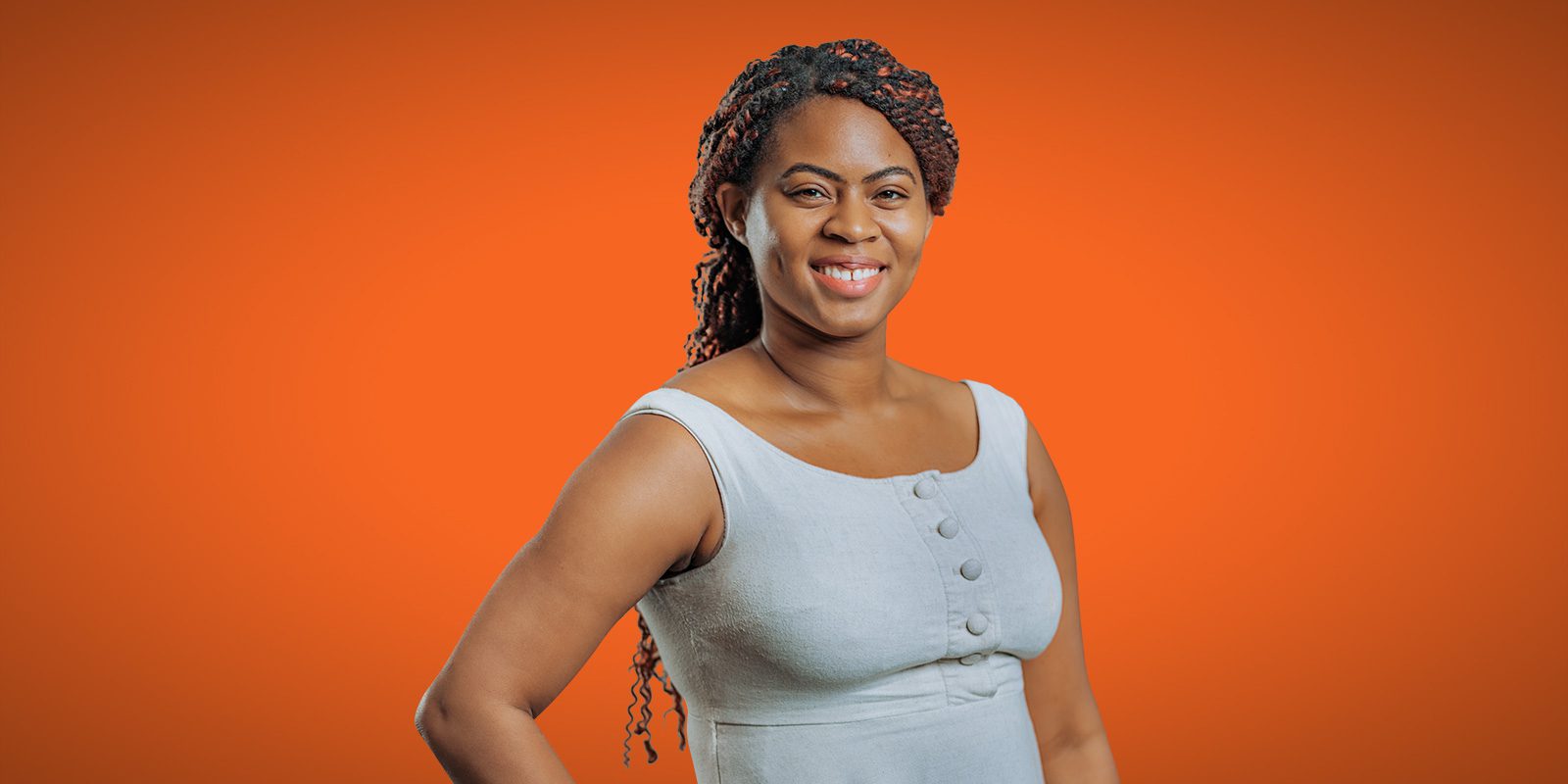Years of study and research have brought scholar Keona J. Wynne (Cohort 2020), who goes by the nickname “KJ,” to the precipice of her PhD, which she’ll receive in May. But her professional career has been shaped most profoundly by a mentoring relationship that started just a few months back.
In January, KJ, who is studying population health sciences at Harvard University, applied for and received a Health Policy Research Scholars Biostatistical Consulting Award. The award provides scholars with dedicated consulting time for biostatistics support from the Johns Hopkins Biostatistics Center (JHBC), housed at the Bloomberg School of Public Health where the HPRS National Program Center resides.
KJ had been working on a paper on how the likelihood of being abused is affected by growing up in a previously redlined neighborhood or living in a neighborhood currently marked as low opportunity for social mobility. She was diving deep into complex statistics involving national data on abuse, both child abuse and intimate partner violence. For KJ, a trauma survivor in her own life and across generations—she grew up in Huntsville, Texas, on land procured through sharecropping—the work is personal.
It’s also collective. KJ believes the values and conditions that enable people to thrive and be healthy rest within communities. So when she started on the statistical modeling needed to find those community threads, she applied for the award, knowing she could use the support on something complex that she was doing for the first time.
“There are going to be mistakes I’m going to make in the coding,” KJ recalled thinking, “so how can I work with someone who will help me know where those mistakes are … and formulate a plan as opposed to getting stuck and crying?”
Enter Carol Thompson, an associate scientist at JHBC since 2007 and the consultant assigned to work with KJ. Carol helped KJ polish a crucial paper, build her research confidence, and launch into a career in statistics she hadn’t considered before. Together, Carol and KJ scoped out the project, reviewed KJ’s research proposal, and had candid conversations about what was feasible. KJ says Carol never dissuaded her from doing a certain type of analysis but was always candid about what it would entail and kept her on track to graduate on time.
This was no small feat. Before they could begin working together, KJ, who uses the R statistical computing language program, had to learn another program called Stata—and learn it within three months—since that’s what Carol knows and uses. KJ also had to coordinate working with a restricted data set that only she was allowed to access. “She was dogged in finding out what she needed, how to get it, and how to do it,” Carol says.
At the start of their relationship, KJ says voices of former instructors who made her feel that she wasn’t good enough filled her mind. “I think the thing I actually felt the most stuck on was feeling not confident that I was a good enough statistician or good enough with the statistical techniques,” she explains.
Carol soon morphed from consultant to mentor. She helped KJ learn how to revise research questions, develop a statistical analysis plan, make sure the analysis plan matched her research questions, and manage and code her data. “There is always a balance of how you coach somebody,” Carol says. “You can show them part of the way and see if they can take it upon themselves to figure out the next steps and/or fill in the missing gaps. She was good about the latter.”
KJ’s doubt began to dissipate. “I just realized that having questions isn’t a sign of incompetence; it’s a sign of being thorough,” she says.
KJ says Carol also taught her about research leadership and how she can invest in the care of colleagues to create an environment where they feel comfortable voicing their feelings, concerns, and boundaries.
As a result, KJ’s confidence has swiveled 180 degrees—so much so that she recently applied for a job predominantly focused on statistical analysis. It was a job she says she would never have applied for if she hadn’t worked with Carol.
“I was nervous to tell her because I thought she would tell me I was out of my depth,” KJ says, “but she actually got very excited. She said, ‘You should do it, and you’re going to be great.’”
“It has been incredible working with her,” KJ continues. “She is really invested in me— personally and professionally—around something I was very insecure about, and I really appreciate it. Not only can I do it, but I also like it, and I’m good at it.”

